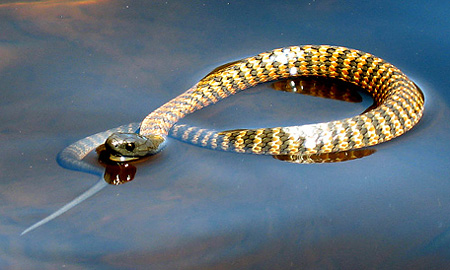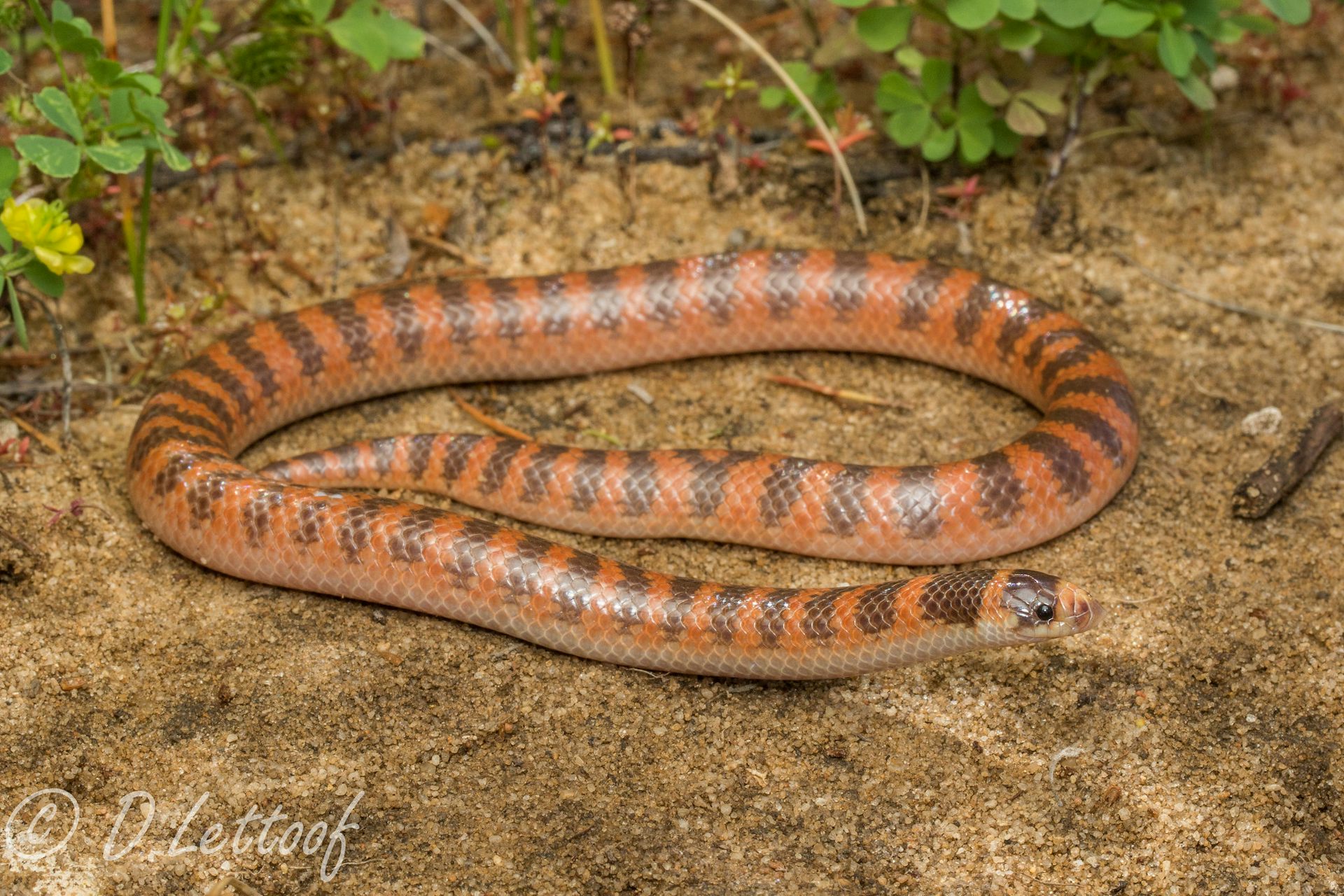Introduction
The tiger snake is just one of Australia's many notorious reptiles, been afraid for its powerful poison and hostile temperament. This interesting animal plays a critical role in the environment, yet Behavior of venomous snakes it frequently faces misunderstandings that bring about unneeded concern. In this thorough article, we will delve into the globe of the tiger serpent, discovering its habitat, poison qualities, and necessary first aid methods in case of a snake bite.
Understanding the Tiger Serpent: Habitat, Poison, and First Aid Essentials
Tiger snakes are mainly located along the southern shoreline of Australia, consisting of Tasmania. They thrive in various atmospheres such as wetlands, coastal areas, and even urban areas. Their adaptability makes them successful killers; nevertheless, their proximity to human habitats often brings about encounters that can lead to bites.
This article aims to demystify tiger serpents by reviewing their habitat preferences, examining their poison composition and effects on people, and supplying critical first aid info for bites.
1. Tiger Serpent Habitat: Where Do They Live?
1.1 Summary of Tiger Serpent Distribution
Tiger snakes (Notechis scutatus) are mainly located in southerly Australia and Tasmania. They inhabit numerous ecosystems ranging from seaside marshes to freshwater lakes.
- Coastal Areas: Tiger snakes are usually spotted near coastlines where they quest for fish and amphibians. Wetlands: These areas supply adequate concealing spots and bountiful prey. Urban Locations: As cities increase into all-natural habitats, tiger serpents may be seen venturing right into suv yards or parks.
1.2 Preferred Environments of Tiger Snakes
Tiger serpents favor wet environments where water sources are readily offered. Their habitats normally include:
- Marshes: The dense plants allows them to ambush victim effectively. Swamps: These areas provide shelter from killers while supplying an abundant searching ground. Riversides: Water bodies draw in several pets which work as food sources for these snakes.
1.3 Environmental Aspects Influencing Habitat Choice
Several variables influence where tiger snakes pick to reside:
- Temperature: Being ectothermic (cold-blooded), they require warm atmospheres for ideal task levels. Prey Availability: High populations of frogs and small mammals bring in these snakes. Shelter: Thick plants serves not only as camouflage yet additionally as defense versus possible threats.
2. Are Tiger Snakes Venomous? Recognizing Their Venom
2.1 Make-up of Tiger Snake Venom
Yes! Tiger serpents are certainly poisonous animals. Their poison is an intricate mixture containing neurotoxins that can trigger paralysis and coagulopathies impacting blood clotting mechanisms.
Key Parts of Venom:
- Neurotoxins: Influence nerve function leading to paralysis. Hemotoxins: Damages capillary causing internal bleeding.
Understanding these elements aids us value the effectiveness of a tiger snake bite.
2.2 Results of a Tiger Serpent Bite on Humans
A bite from a tiger serpent can lead to severe signs:
- Local Signs and symptoms: Discomfort, swelling, and discoloration at the bite site. Systemic Signs and symptoms: Nausea, throwing up, trouble breathing due to paralysis or constriction of airways.
Severity Levels
Minor Bite: Local pain without systemic symptoms. Moderate Bite: Systemic signs and symptoms however convenient with medical care. Severe Bite: Deadly; requires instant medical intervention.3. Identifying Different Types of Tiger Snakes
3.1 Eastern vs Tasmanian Tiger Snakes
There are two main classifications based on geographic circulation:
Eastern Tiger Serpent (Notechis scutatus)
Found along eastern shorelines as much as Queensland.
Tasmanian Tiger Serpent (Notechis scutatus)
Adapted particularly to Tasmania's one-of-a-kind atmosphere with a little varying pigmentation patterns.
3.2 Shade Variations in Habitat Preferences
Tiger snakes exhibit considerable shade variations relying on their habitat:
- Coastal populaces usually show stripes or spots for better camouflage against sandy shores.
4. Behavior Patterns of Tiger Snakes
4.1 Aggressiveness Level
Tiger snakes are understood for their hostile behavior when threatened or cornered which can Great site lead to protective strikes if provoked.
4.2 Hunting Techniques
They possess remarkable agility permitting them to strike promptly at target such as frogs or tiny rats mainly during twilight hours when they're most energetic-- making them nighttime hunters!

5. First Aid for Serpent Bites: Vital Steps You Should Know
When it pertains to handling serpent bites, understanding is vital!
5.1 Immediate Actions After a Bite
If bitten by a tiger serpent:
Stay calmness! Panic raises heart price which spreads poison faster with your bloodstream.
Apply pressure around the wound using tidy cloths-- stay clear of cutting or sucking out venom!
Remove limited clothing/jewelry near the bite website; swelling might happen rapidly.
Immobilize the influenced limb using splints if possible-- this limits activity helping decrease venom spread!
5.2 Obtaining Clinical Help
Seek emergency medical aid right away! Time is critical when managing prospective envenomation from tiger snakes!
5.3 First Aid Package Essentials for Snake Bites
Having a well-equipped first aid kit can make all the difference during emergencies:
|Product|Description|| ------|-------------|| Stress Plaster|Helps immobilize wound|| Clean and sterile Gauze|For clothing injuries|| Emergency Get In Touch With Details|Quick gain access to numbers|| Antivenom Info|Knowledge concerning local antivenoms|
6 FAQs About Tiger Snakes
Q1: Are all tiger snakes dangerous?
A: While all have venomous capabilities influencing humans considerably-- most prefer evasion unless threatened!
Q2: Just how rapidly does tiger snake venom influence humans?
A: Symptoms may show up within minutes depending on location & & quantity infused during envenomation events!
Q3: Can you make it through a tiger serpent bite without treatment?
A: Without treatment attacks can be deadly as a result of rapid development; prompt treatment is crucial!
Q4: What should I do if I encounter one?
A: Maintain distance & & retreat gradually; avoid sudden motions that may prompt aggression!
Q5: Just how common are attacks from tiger snakes?


Q6: Is there a remedy available?
A: Yes! Antivenoms particular for Home page Australian species exist-- medical facilities bring these medications all set when required quickly post-bite incidents!
7 Conclusion
Understanding the complexities bordering "Comprehending the Tiger Snake: Environment, Poison, and First Aid Fundamentals" is vital not only for personal safety and security yet additionally fostering coexistence with these impressive animals occupying Australia's landscape! By discovering more regarding their habits & & effective response methods relating to prospective encounters-- we outfit ourselves much better against unneeded anxieties while appreciating nature's variety totally! So allow's welcome education and learning rather are afraid-- it leads towards consistency in between humanity wildlife alike!